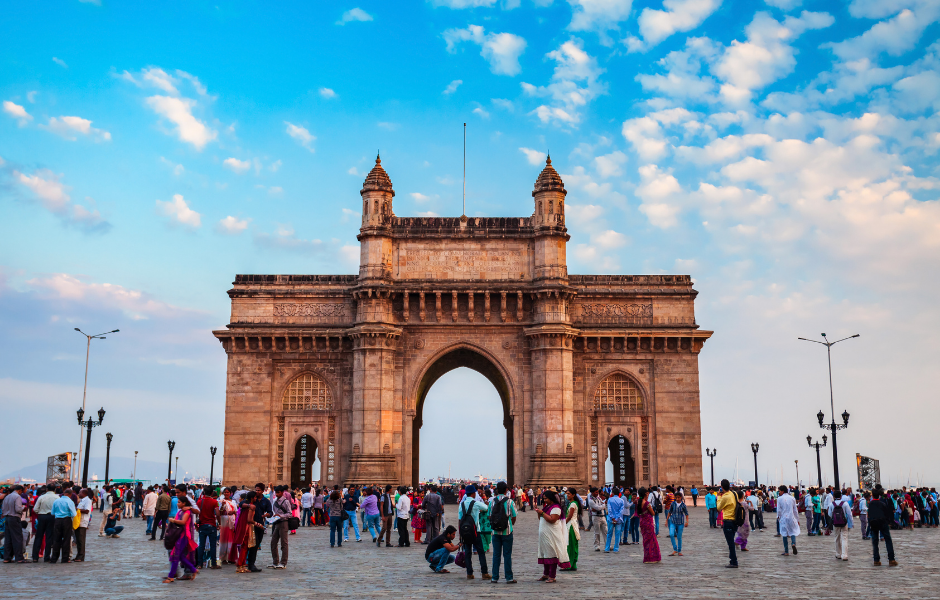
This children’s article, A kids’ guide to the Arctic Circle, has been written for native English speakers and learners of English as a second or foreign language. It can help children practise reading and comprehension, learn useful vocabulary, and discover one of the most fascinating places on Earth. Written by Sinead O’Carroll, an experienced teacher and writer.
Where is the Arctic Circle?
The Arctic Circle is an imaginary line that circles the very top of our planet. It goes through eight countries, including Norway, Sweden, Finland, Russia, the United States (Alaska), Canada, Greenland, and Iceland. Inside the Arctic Circle, the climate is extremely cold for most of the year.
Life in extreme conditions
In winter, the Arctic Circle can be covered in snow and ice, with freezing temperatures that fall far below zero. For several months, the sun does not rise at all, creating a period called the “polar night.”
In summer, the opposite happens – the sun does not set, and the Arctic enjoys 24 hours of daylight, known as the “midnight sun.”
Animals of the Arctic
Many amazing animals live in the Arctic Circle. Polar bears roam across the ice hunting for seals, while Arctic foxes change the colour of their fur from brown in summer to white in winter to stay camouflaged. Caribou, snowy owls, and narwhals also call this frozen region home.
Despite the cold, the Arctic is full of life.
People of the Arctic
It might surprise you, but people live in the Arctic Circle too. Indigenous groups such as the Inuit in Canada and Greenland, and the Sámi in Scandinavia, have lived here for thousands of years. People who live in the Arctic Circle have special traditions, clothing, and ways of surviving in the cold.
Why is the Arctic important?
The Arctic Circle helps control the Earth’s climate. Its ice reflects sunlight, which helps keep our planet cool. Sadly, climate change is causing Arctic ice to melt faster than ever. This affects animals, people, and even weather patterns around the world. Protecting the Arctic is important for everyone.
To learn more about why the frozen parts of the Earth are so important, visit National Snow and Ice Data Center.

Article vocabulary list
- Imaginary – something made up in the mind, not real, like a line on a map
- Climate – the usual weather in a place over a long time
- Polar night – when the sun does not rise for many days or weeks in winter in the Arctic
- Midnight sun – when the sun does not set in summer in the Arctic
- Camouflaged – when an animal blends in with its surroundings to stay hidden
- Indigenous – people who first lived in a place, with their own traditions and culture
- Reflects – bounces light or heat back instead of absorbing it
- Melt – when ice or snow turns into water because of heat
Comprehension questions
Just click the plus (+) to see the answer
1. Which countries are partly inside the Arctic Circle?
a) Norway, Sweden, Brazil, and Canada
b) Norway, Sweden, Finland, Russia, the US, Canada, Greenland, and Iceland
c) Russia, China, and Japan
Answer: b) Norway, Sweden, Finland, Russia, the US, Canada, Greenland, and Iceland
2. What is the “polar night”?
a) When the sun shines all night long
b) When the sun never rises for many days or weeks
c) When the Arctic animals go to sleep
Answer: b) When the sun never rises for many days or weeks
3. Which animal changes its fur colour with the seasons?
a) Arctic fox
b) Polar bear
c) Narwhal
Answer: a) Arctic fox
4. Who are the Sámi people?
a) A type of Arctic animal
b) An Indigenous group living in Scandinavia
c) Scientists studying ice
Answer: b) An Indigenous group living in Scandinavia
5. Why is the Arctic important for the Earth’s climate?
a) Its ice reflects sunlight and helps keep the planet cool
b) It is the coldest place on Earth
c) It is home to polar bears
Answer: a) Its ice reflects sunlight and helps keep the planet cool
Sinead is a writer and EFL teacher with eight years’ experience. She’s a native English speaker who loves making news stories fun and easy to understand for children around the world. Her passions include travel, animals, and helping to make the world a kinder, more sustainable place.




